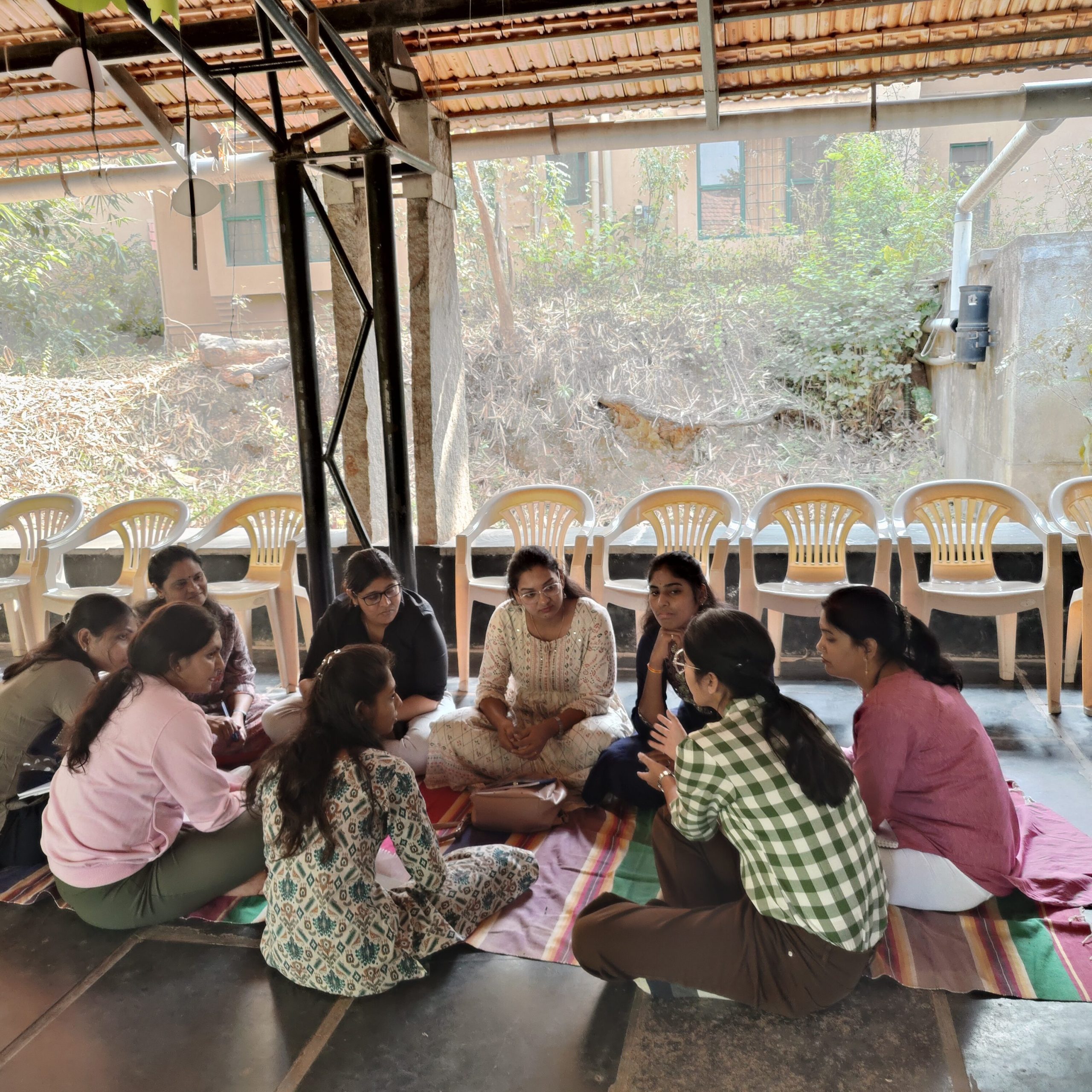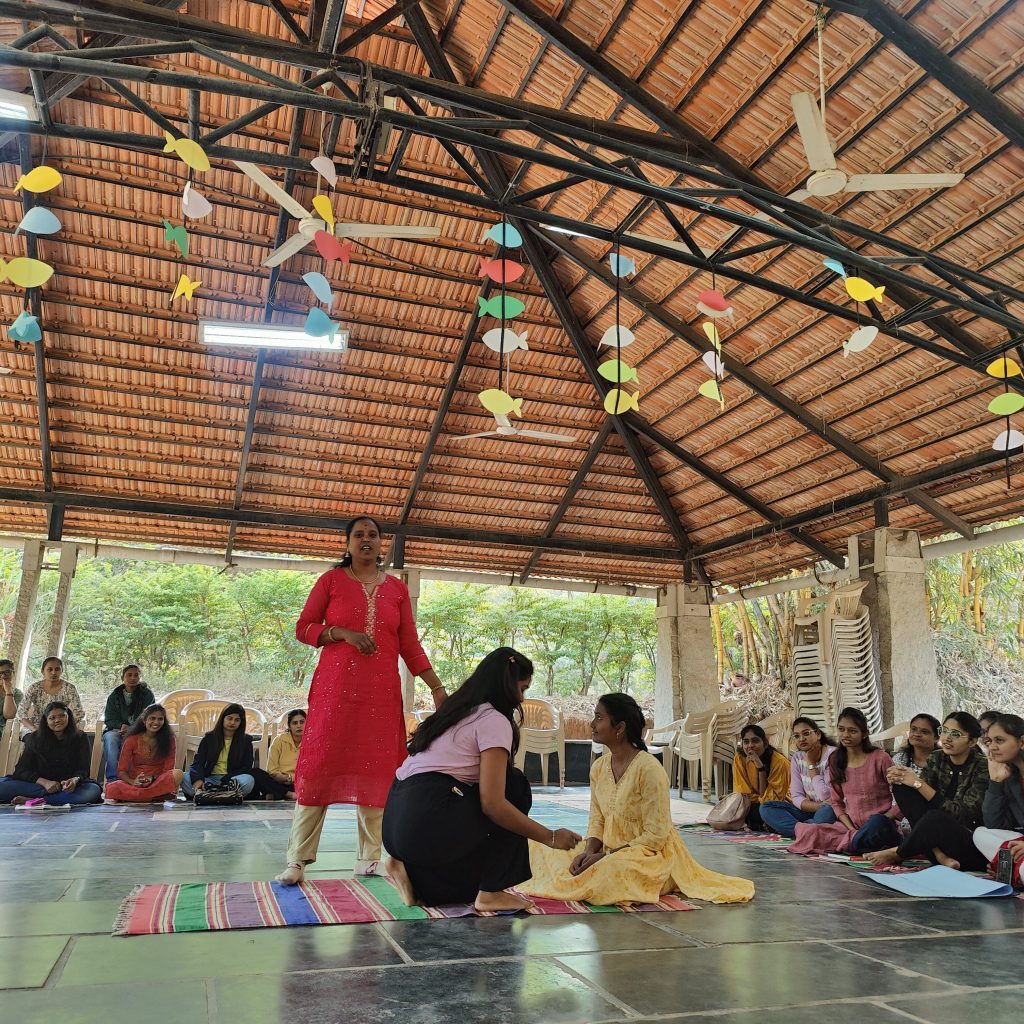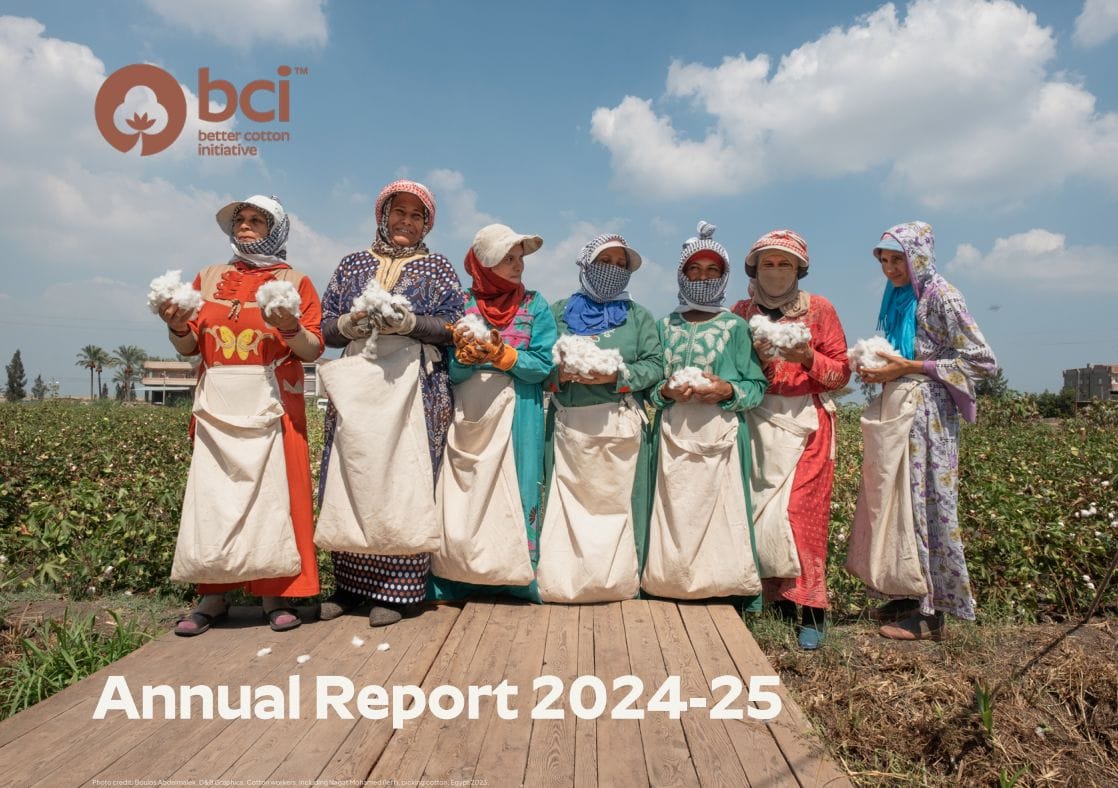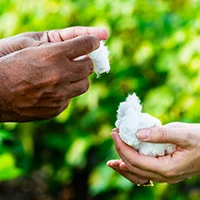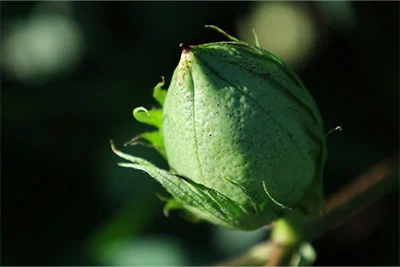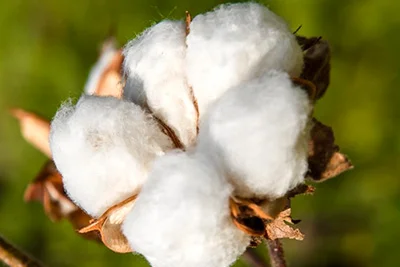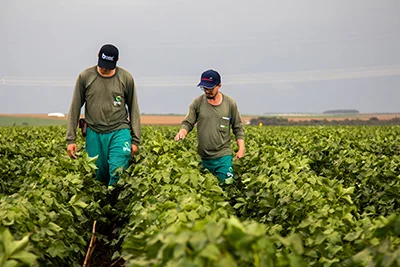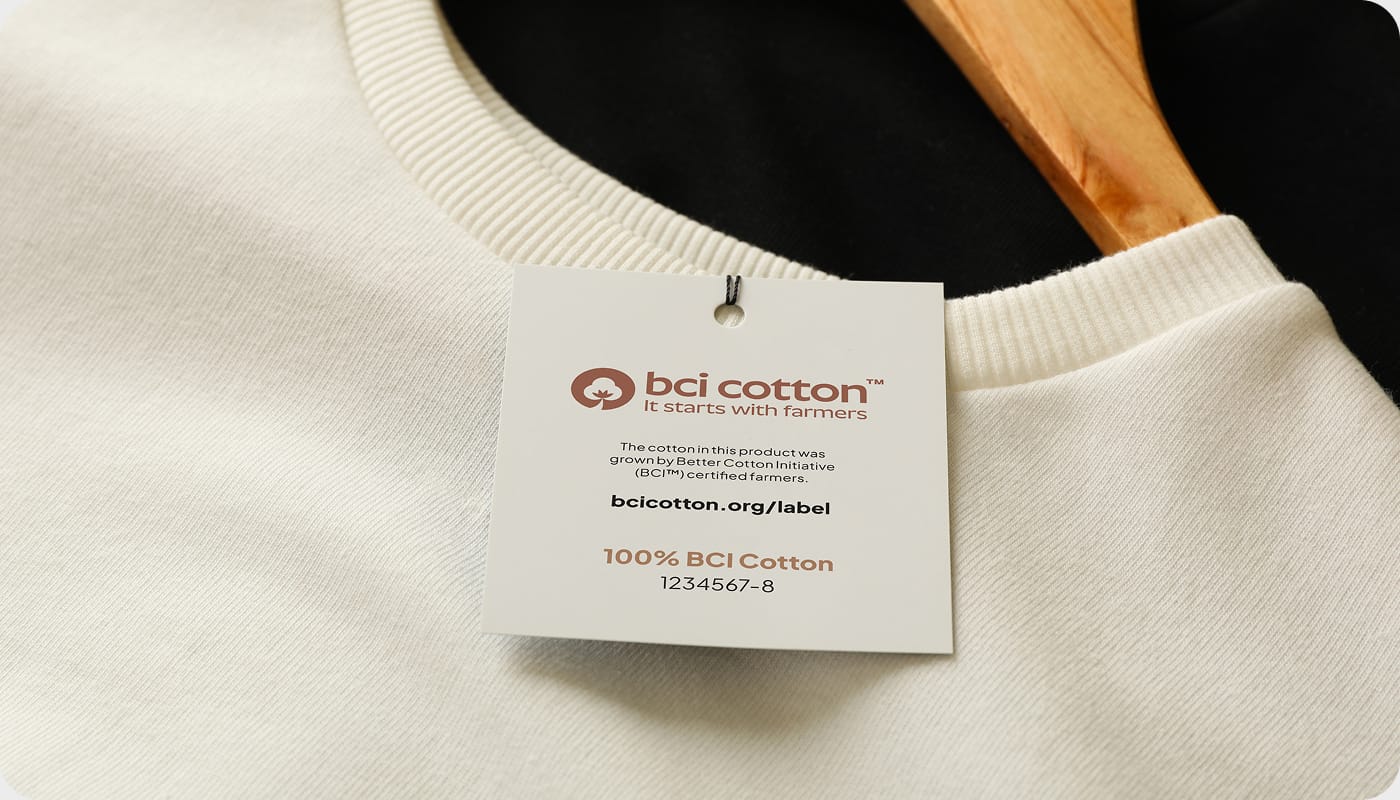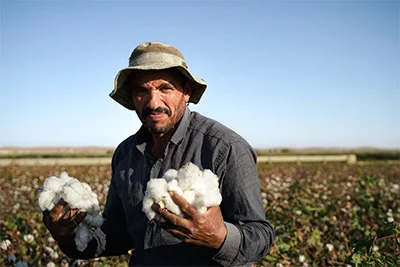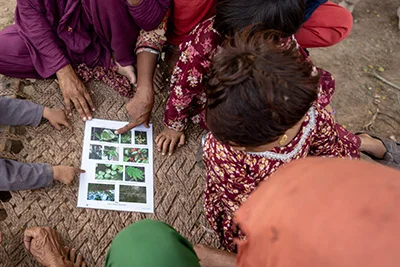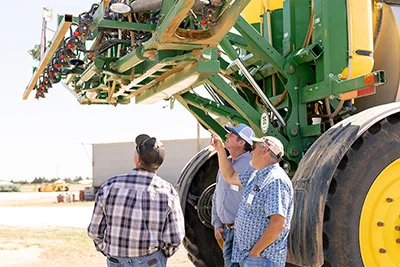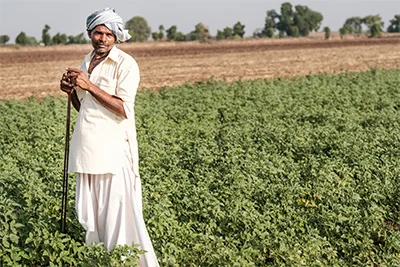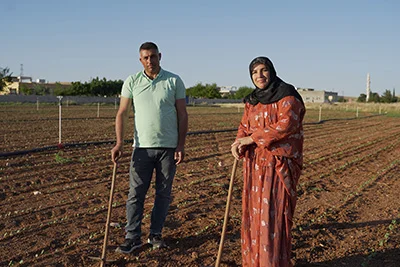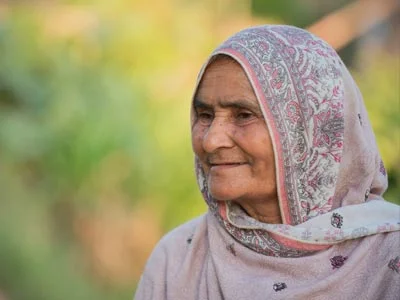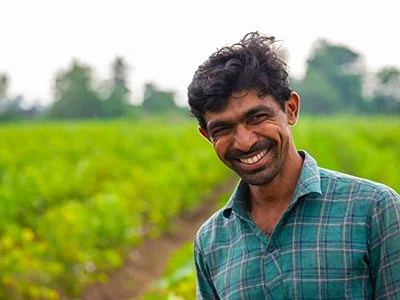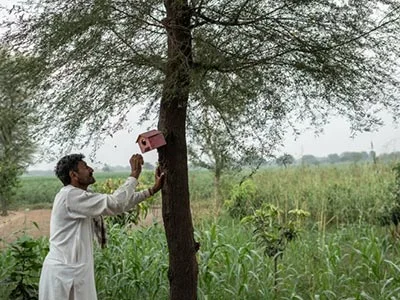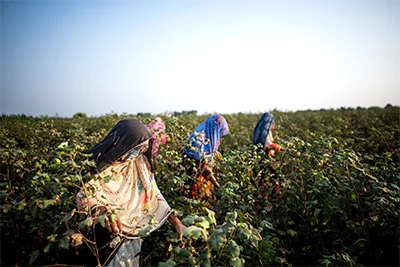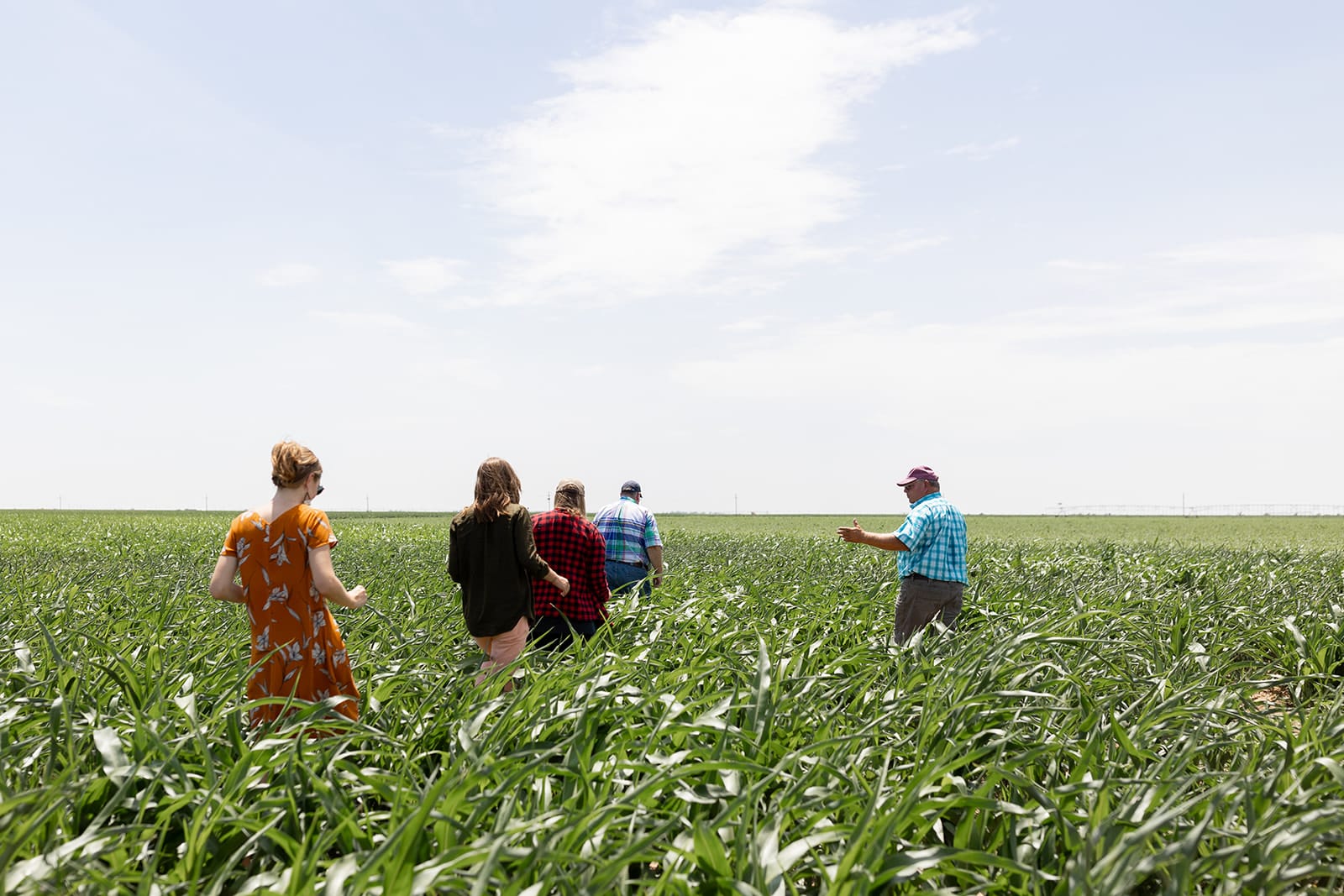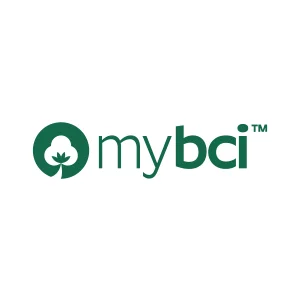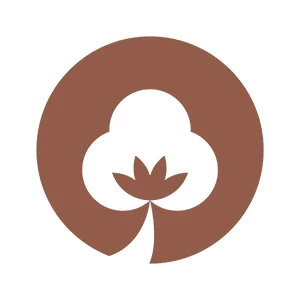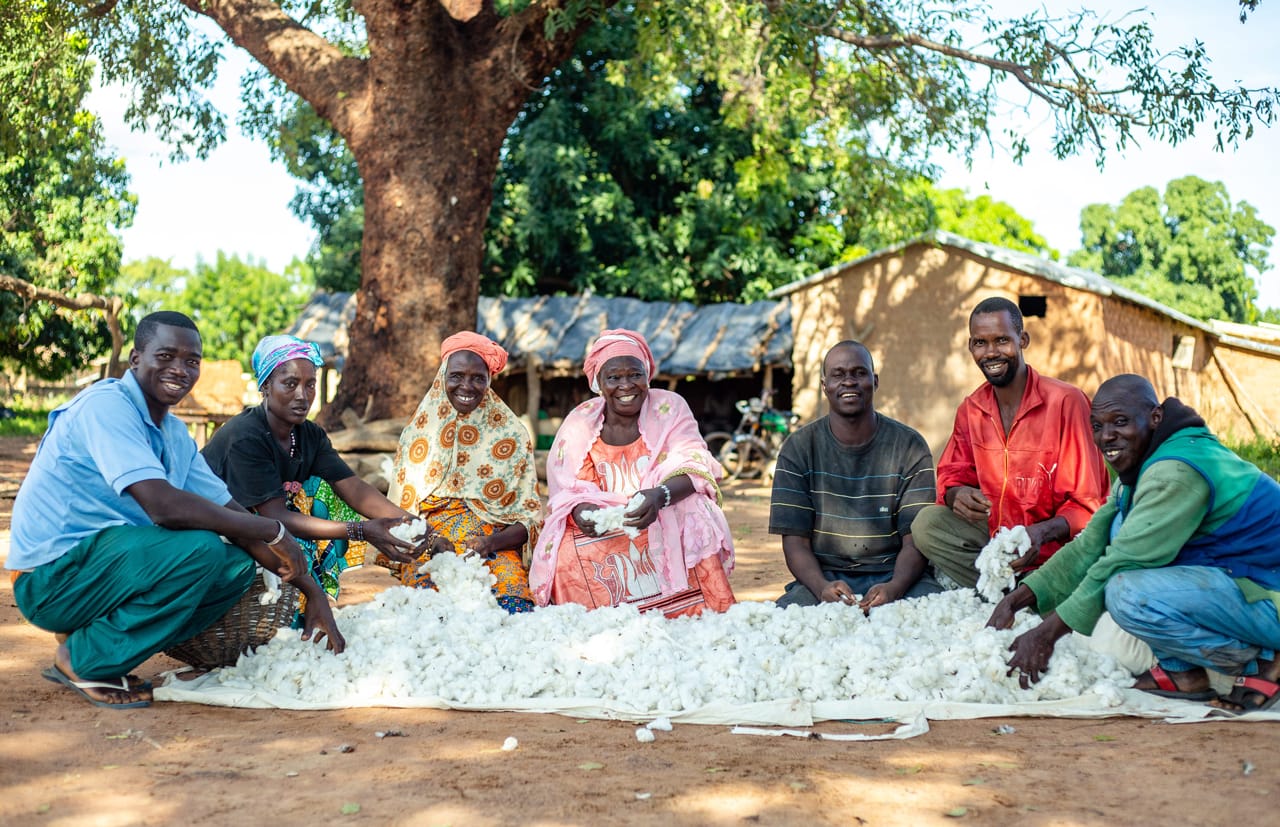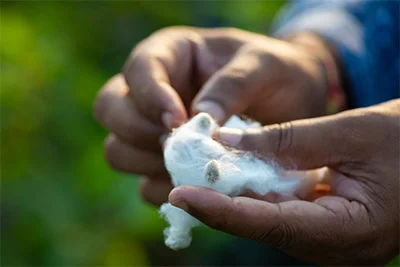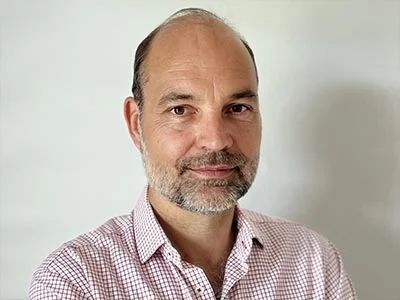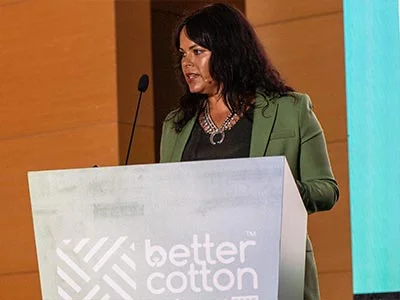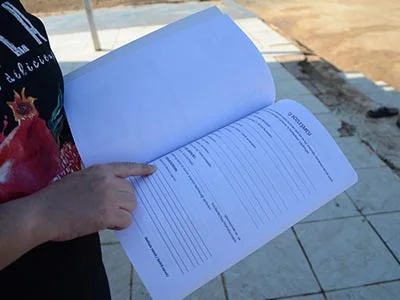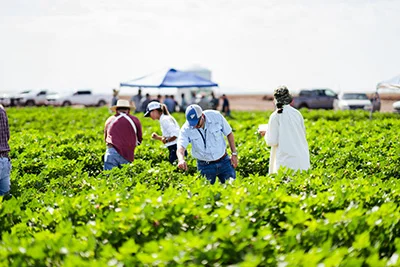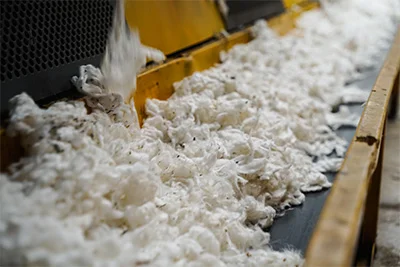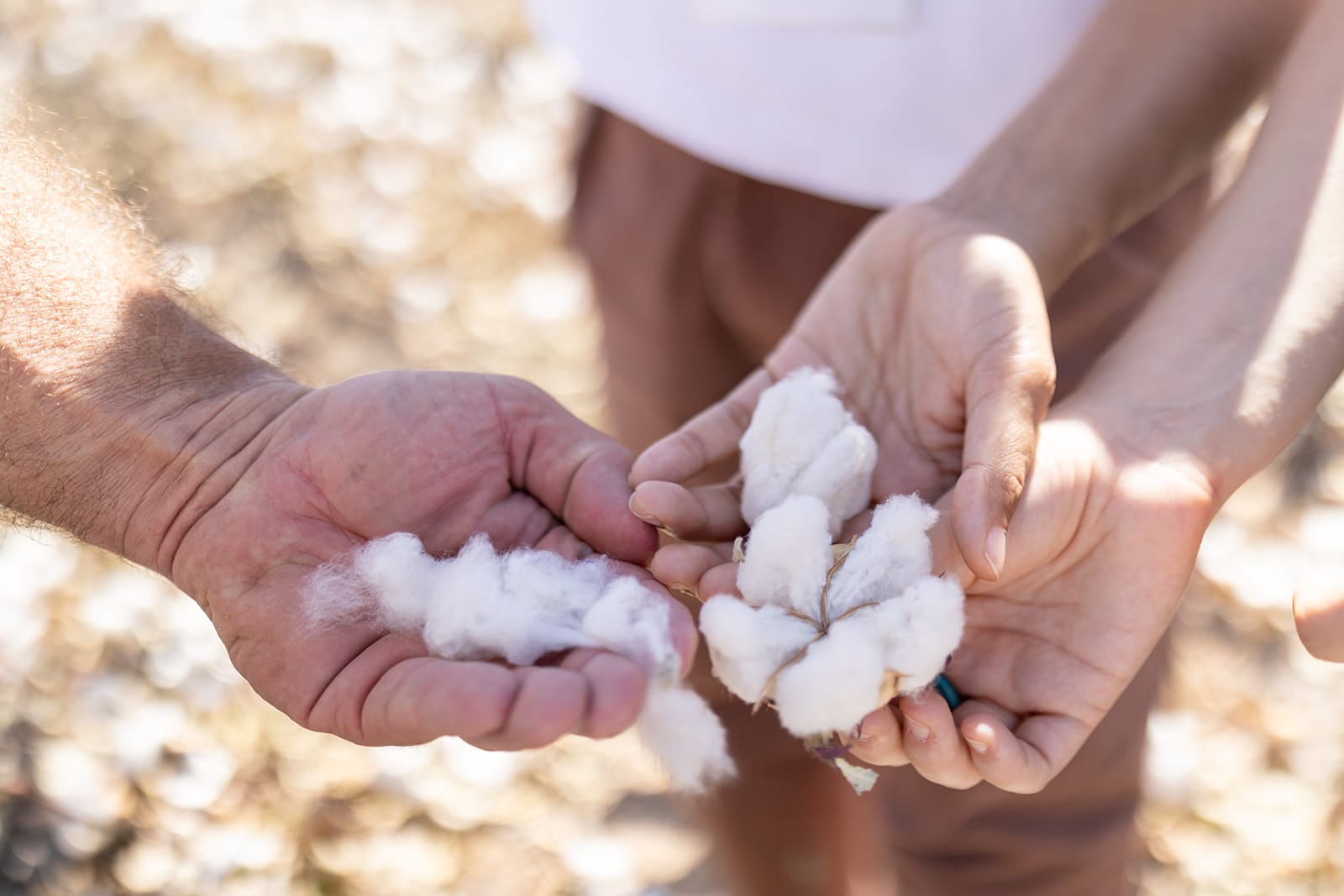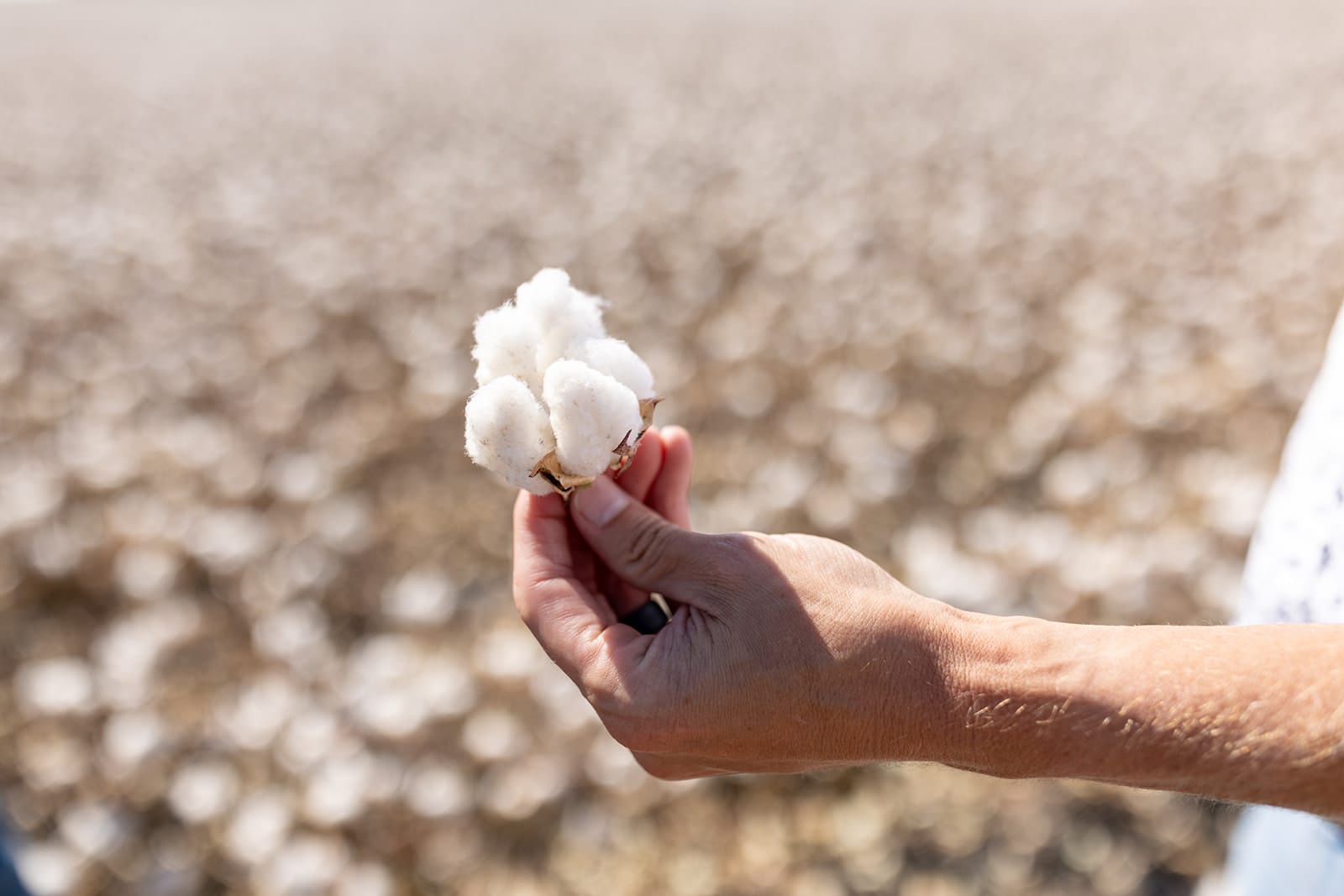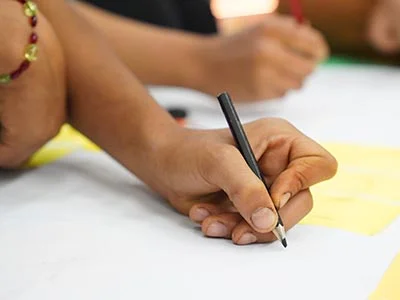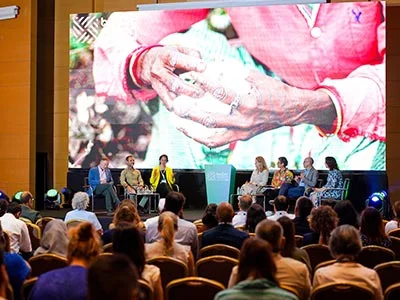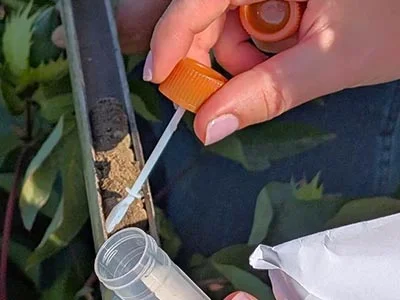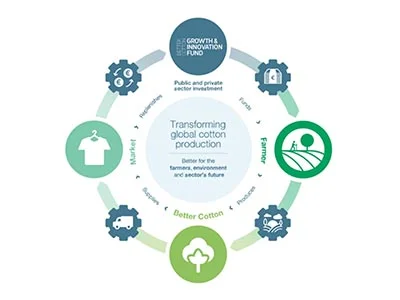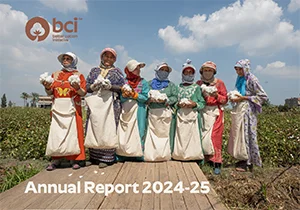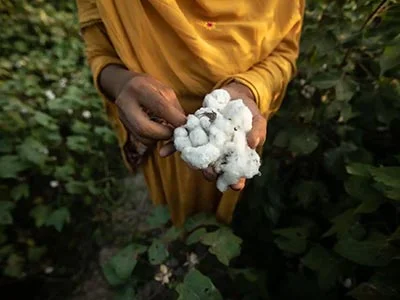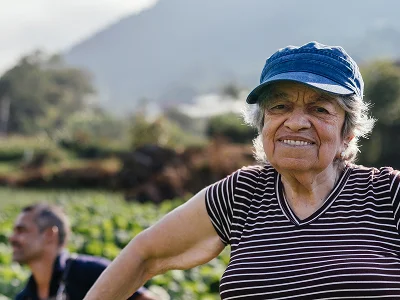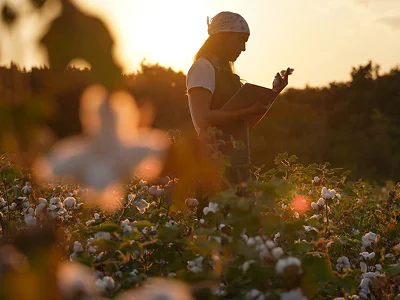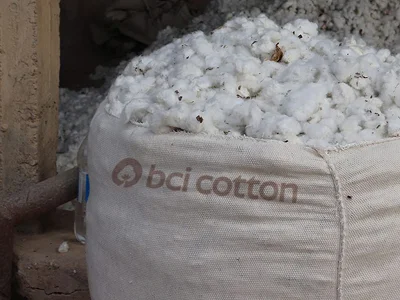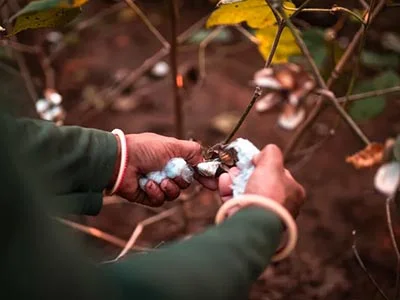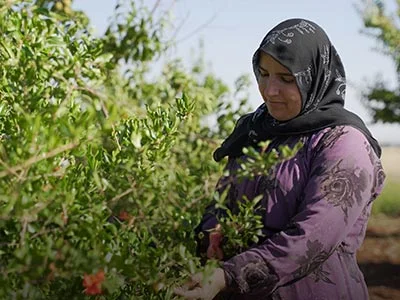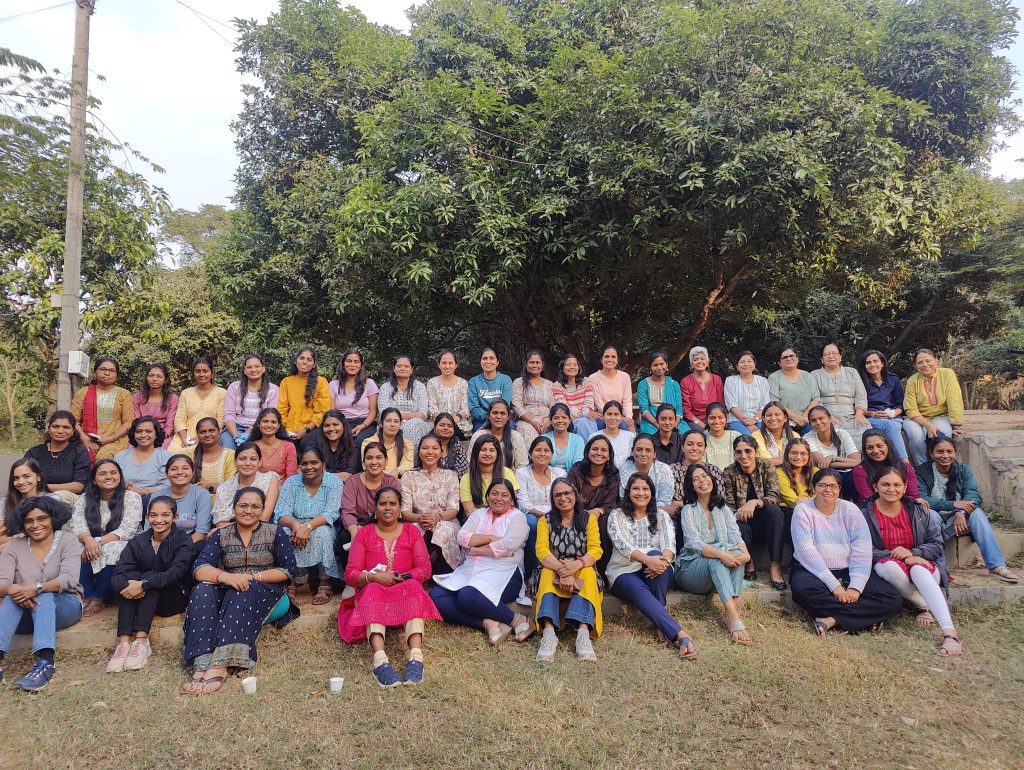
In January, Better Cotton India organised its first ever residential leadership workshop for female field staff, with the aim of assessing gender influence and leadership, and examining how the organisation can enhance the overall experience of women in Better Cotton projects.
Better Cotton collaborated with training coordinators Nandini Rao and Chaitali Haldar to put on the event at the Visthar Conference and Retreat Centre in Bangalore. Participants were given a safe space to share and encouraged to explore their personal experiences and reflect on the impact of gender. They delved into topics like sociogramming (mapping the relationships within a group); the politics of language and food; inclusion; intersectionality; power dynamics; and patriarchal traditions across the country.
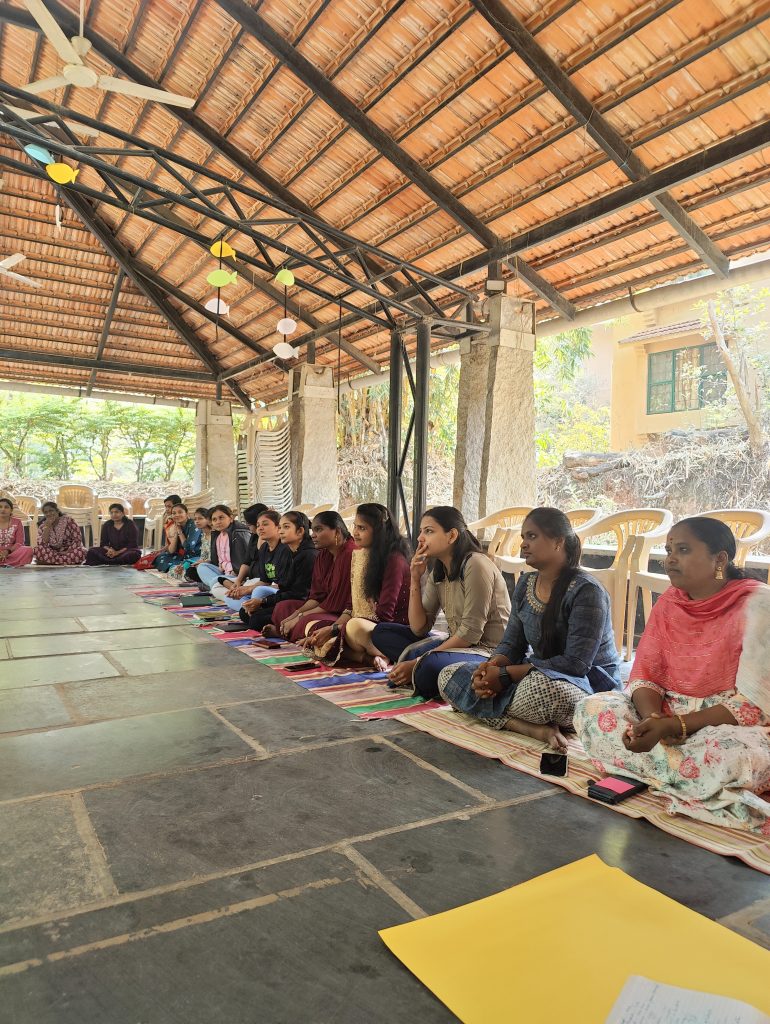

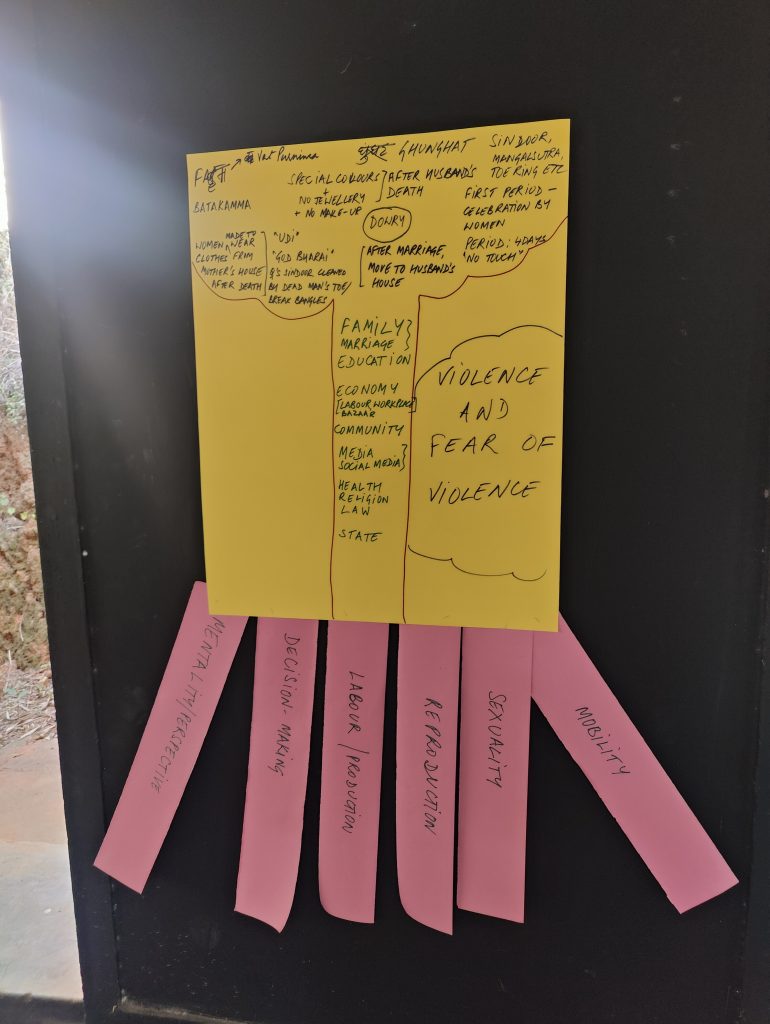

More than 50 people attended, representing 11 different Better Cotton Programme Partners from across India and roles that ranged from Producer Unit Managers, Coordinators, and Gender Leads from various projects.
At Better Cotton, we group smallholder and medium cotton farmers into ‘Producer Units’ (PUs) – groups of farms each managed by a Producer Unit Manager.
Multilingual training leaders and participants facilitated sharing and understanding despite language differences. Open discussions showcased the diverse experiences of women from different regions, highlighting differences and similarities. Participants were encouraged to share their perspectives in group sessions through tools such as roleplay, poems and narration. The eco-sanctuary setting facilitated movement and informal interactions, creating an engaging environment.
This initiative helps enable a more holistic approach to gender inclusion and supports Better Cotton’s cross-cutting priority of gender equality in its Principles & Criteria. The Better Cotton India team is excited to develop similar learning opportunities and platforms for partners and farming communities, irrespective of gender, to collectively work towards greater gender inclusion within our projects.
